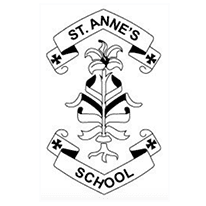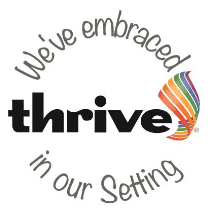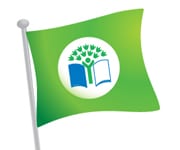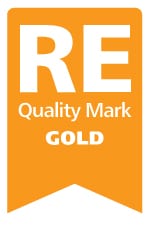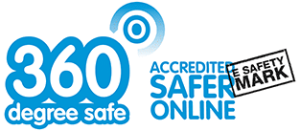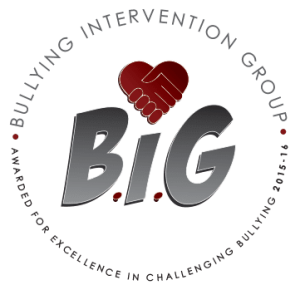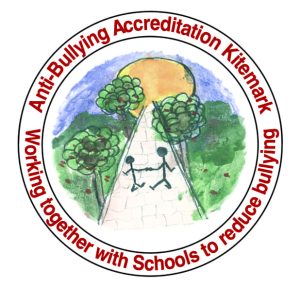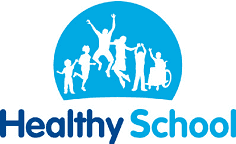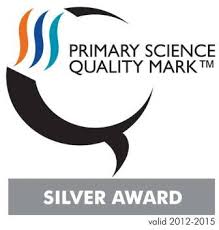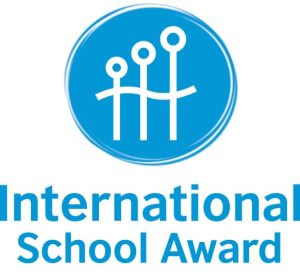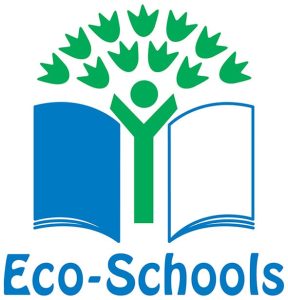Reading Curriculum Intent
At St. Anne’s, Reading and the teaching of Reading is the foundation of our curriculum. Our main aim is to ensure that all children become primary literate and progress in the areas of Reading, Writing, Speaking and Listening so that they can access the full curriculum offer. Teaching children to read confidently, for information and for pleasure is the most important thing that we do. We have high aspirations for all our children and it is essential that, by the end of their primary education, all pupils are able to read fluently, and with confidence, in any subject in their forthcoming secondary education. We have ensured that our inclusive curriculum meets the needs of all learners, including those with SEND.
The Reading curriculum is enhanced by high quality diverse texts and progressively builds knowledge, understanding and skills. Strong links are made across all curriculum areas to ensure knowledge does not sit in isolation. Meaningful links with other subjects are made to strengthen connections, enable a deeper understanding of vocabulary and allow opportunities for our pupils to transfer knowledge and language across curriculum areas, thus enhancing communication, language and literacy across the curriculum.
Our Reading curriculum reflects the National Curriculum, focusing on and consisting of three dimensions:
- word reading
- comprehension (both listening and reading).
- Reading for Pleasure
Carefully-chosen literature from Nursery to Year 6 includes a range of fiction, non-fiction and poetry, with culturally- diverse texts and authors designed to broaden the limited experiences of some of our community. A programme of excursions, detailed as part of the Experience Map, including museums and theatre visits and the residential, are carefully planned across all curriculum subjects to enhance the background knowledge and vocabulary our children need to support reading comprehension and vocabulary. Vocabulary and knowledge are both taught explicitly within our reading lessons.
By the end of Key Stage One, our children will already be successful, fluent decoders through the delivery of consistent high quality, systematic synthetic phonics teaching from EYFS until the end of KS1 (following the RWI programme). They understand that they use their phonics knowledge as the first tool when tackling new words in reading and writing. They will also have a growing understanding of text meaning which will be further developed during Key Stage 2.
From Year 2 upwards we teach whole class reading daily. Within these sessions, there is a clear focus on the skills and strategies our children need to become competent readers.
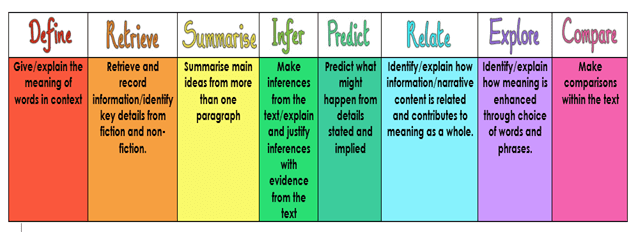
A wide ‘diet’ of reading is provided for our children, including whole class, guided reading, shared reading and individual reading. We consider storytelling and the sharing of stories to be key to developing enjoyment of reading as well as modelling fluent reading and comprehension skills. We therefore plan in a shared reading experience from Nursery to Year 6.
We want our children to have a love of literature and understand how authors can inspire them in the future. To do this, we invite an author where available, factor in visiting theatre groups from local sources (the most recent post lockdown being ‘Wolf On Trial’ and ensure that every child will visit the theatre within their time with us (David Walliams performances, eg Gangsta Granny)
Read Write Inc

At St. Anne’s we use the Read Write Inc (RWI) programme to get children off to a flying start with their phonics and reading. RWI is a method of learning centred around letter sounds and phonics, and we use it to aid children in their early reading and writing.
Using RWI, the children learn to read effortlessly so that they can put all their energy into comprehending what they read.
When using RWI to read the children will:
- learn 44 sounds and the corresponding letter/letter groups using simple picture prompts
- learn to read words using Fred Talk
- read lively stories featuring words they have learned to sound out
- show that they comprehend the stories by answering questions.
When using RWI to write the children will:
- learn to write the letters/letter groups which represent 44 sounds.
- learn to write words by saying the sounds in Fred Talk
- write simple sentences
The Read Write Inc Website has some great tutorial videos to help you understand how Read Write Inc works and how you can support your child at home:
- Parent Tutorial
- Sound Pronunciation Guide
- Free eBook Library
- Lots more Parent Tutorials that can support the teaching of sounds can be found by clicking here
Reading National Curriculum Programme of Study
The programmes of study for reading at key stages 1 and 2 consist of 2 dimensions:
- word reading
- comprehension (both listening and reading)
It is essential that teaching focuses on developing pupils’ competence in both dimensions; different kinds of teaching are needed for each.
Skilled word reading involves both the speedy working out of the pronunciation of unfamiliar printed words (decoding) and the speedy recognition of familiar printed words. Underpinning both is the understanding that the letters on the page represent the sounds in spoken words. This is why phonics should be emphasised in the early teaching of reading to beginners (ie unskilled readers) when they start school.
Good comprehension draws from linguistic knowledge (in particular of vocabulary and grammar) and on knowledge of the world. Comprehension skills develop through pupils’ experience of high-quality discussion with the teacher, as well as from reading and discussing a range of stories, poems and non-fiction. All pupils must be encouraged to read widely across both fiction and non-fiction to develop their knowledge of themselves and the world they live in, to establish an appreciation and love of reading, and to gain knowledge across the curriculum. Reading widely and often increases pupils’ vocabulary because they encounter words they would rarely hear or use in everyday speech. Reading also feeds pupils’ imagination and opens up a treasure house of wonder and joy for curious young minds.
It is essential that, by the end of their primary education, all pupils are able to read fluently, and with confidence, in any subject in their forthcoming secondary education.
Reading Assessments
There are National Assessments in Year 1, Year 2 and Year 6.
In Year 1 your child will sit a phonics assessment to identify which phonic patterns your child can recognise and read. The results of this test will be reported in your child’s end of year report.
In Year 2 your child will have their first SATs assessment. The tests in Year 2 consist of a set of assessments conducted by your child’s class teacher along with two reading papers.
In Years 3, 4 and 5 you child will be formally assessed each term using NfER assessments . The results won’t be nationally recorded, but they help teachers assess children’s progress and are will be reported in your child’s end of year report.
In Key Stage 2 in year 6, aged 11, your child will sit further Nationally reported SATs tests. These SATs tests are more formal and consist of timed papers in Reading, Writing, Spelling, Grammar and Punctuation and Maths. The papers (with the exception of writing which is marked and moderated in school) are sent away for marking and the results are known before children leave primary school in July. These test results will also be reported in your child’s end of term report.
KS1 & KS2 Tests- videos for parents
To assess the children’s reading, we use the Accelerated Reader Reading Tests half-termly. After the assessment is carried out the results are collated and intervention sessions are timetabled for those children falling below their chronological reading age.
Reading Aloud
Reading aloud is the most important thing that we do and is a frequent and regular part of each school day. It slows written language down and enables children to hear and take in tunes and patterns. During this protected time, our children experience and enjoy stories that they might not otherwise meet.
Love of Reading
At St. Anne’s, we encourage a love of reading whenever we can; children have time daily to read books, and read books that they want to read. Spending time enhancing the reading environment – classroom book areas, reading corner displays, school library, with a next step to develop outdoor reading areas – plays a significant part in encouraging our children to read.
We aim to invest heavily in developing class libraries in our reading corners, with the criteria that they are inviting, attractive, filled with up- to- date books and, most importantly, used and used daily. We also invest in the Durham Learning Resource Library Service each half term to ensure that our children have regular access to high quality literature and that our class library books link to our current topic.
Home Reading
At school, we encourage your child to read a range of books and talk about the books they read. Our reading scheme, located in the school library and class libraries provide children with texts in different forms- non-fiction books, modern fiction, poetry and key classics. We encourage our children read their home reading books every day and these are discussed and changed regularly by the class teacher and Teaching Assistant. In class children enjoy reading a book and then recommending it to their friends, which is all part of our drive to building a strong reading culture.
From their earliest starting points our children are encouraged to develop good home-school reading routines. Each week children in EYFS and KS1 select a ‘reading for pleasure book’- together with an adult- from a wide selection of books in class libraries. Parents are encouraged to read these stories to children as part of a bedtime story routine.
Reception and KS1 children take home a reading book each day from our Early Reading Scheme. Our early reading scheme aligns closely to our systematic synthetic phonics programme, (Read Write Inc.) Reading books are fully decodable and sequential and allow children to practise sounds they have already learnt in class, with books selected from different publishers: Big Cat, Oxford Reading Tree and Rising Stars.
Because reading is a priority in our school, we dedicate every afternoon to hearing/’teaching’ children read on a 1 to 1 basis or in a guided reading group with a teacher or one of our thoroughly- skilled Teaching Assistants. Children will be moved up through the stages when their teacher feels that they are fluent with the words within that stage and they are confident that the child is making meaning from the text.
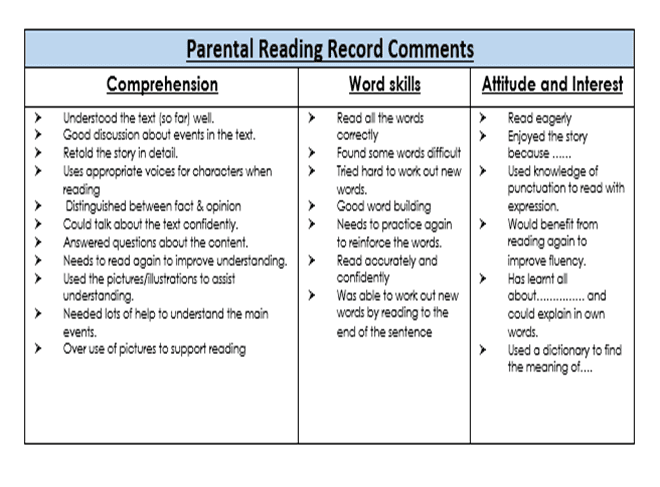
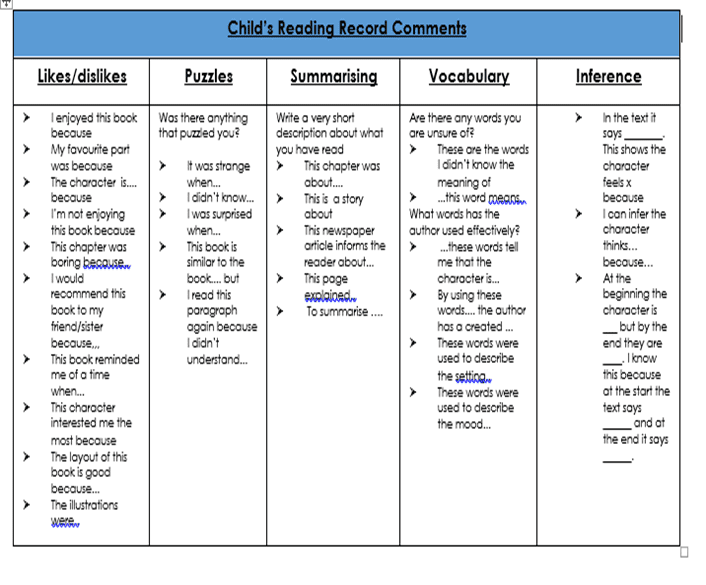
Celebrating Reading Events
At St. Anne’s, we want our children to leave us with a thirst for knowledge and a love of literature and reading. We reward reading achievements via a progressive ladder of certificates, with a personalised book mark. Equally, each child receives a book as a Christmas gift from school or to mark special events, such as the Queen’s Jubilee. We place a focus on reading for enjoyment and children throughout the school regularly participate in a variety of engaging reading activities to inspire them both in and outside of school. Examples of this are having a local author to motivate our pupils about the joy of reading, a local illustrator, a performance from a local theatre group or a visit to a local theatre to see the book come to life. Equally, celebrating National events like World Poetry Day and World Book Day are always on our events calendar.
Following Our Reading Adventures
To celebrate reading in school, we share these events via Class Pages on the website and the weekly school newsletter. Reading for pleasure is strongly influenced by relationships between children, teachers, families and communities to build a strong reading community. To raise the profile still further, we would like to introduce a dedicated termly reading newsletter with articles such as book recommendations from both pupils and staff.
Photos of World Book Day, Wold on Trial, Rainbow Fish, theatre etc..
COVID-19 Reading Curriculum Recovery
At St. Anne’s, pupil well-being is at the centre of all we do. Our Recovery Curriculum acknowledges that every child has had a different experience during this time and as a school we have prioritised social and emotional learning, restoring relationships and providing space for pupils to rebuild their learning voice on the basis that ‘the anxious child is not a learning child’ We are aware that pupils feel anxious about the lost learning time and we hope that by being transparent about how we are addressing these gaps we will help to rebuild their confidence as learners through metacognition. To support our reading curriculum recovery, we used the COVID EEF 3-tiered* graduated approach: a holistic whole school recovery, then a more focused needs-led targeted approach, followed by a longer-term plan with personalised specific support.
- Teaching
- High-quality teaching for all
- Effective diagnostic assessment
- Supporting remote learning
- Focus on professional development
- Reading recovery texts chosen to allow for deep discussion around feelings, with a focus on speaking and listening and a reintroduction of the basic reading skills such as fluency, retrieval and summarising.
- Reading for Pleasure as an integral part of our daily timetable to engage children back into a world of books. Reading together will support their sense of belonging within our school community.
- Targeted academic support
- High-quality one- to- one and small group tuition
- Teaching Assistants and targeted support
- Planning for pupils with Special Educational Needs and Disabilities (SEND)
- Wider Strategies
- Supporting pupils’ social, emotional and behavioural need.
- Communicating with and supporting parents
- Supporting parents with pupils of different ages
- Successful implementation in the face of challenging attendance.
